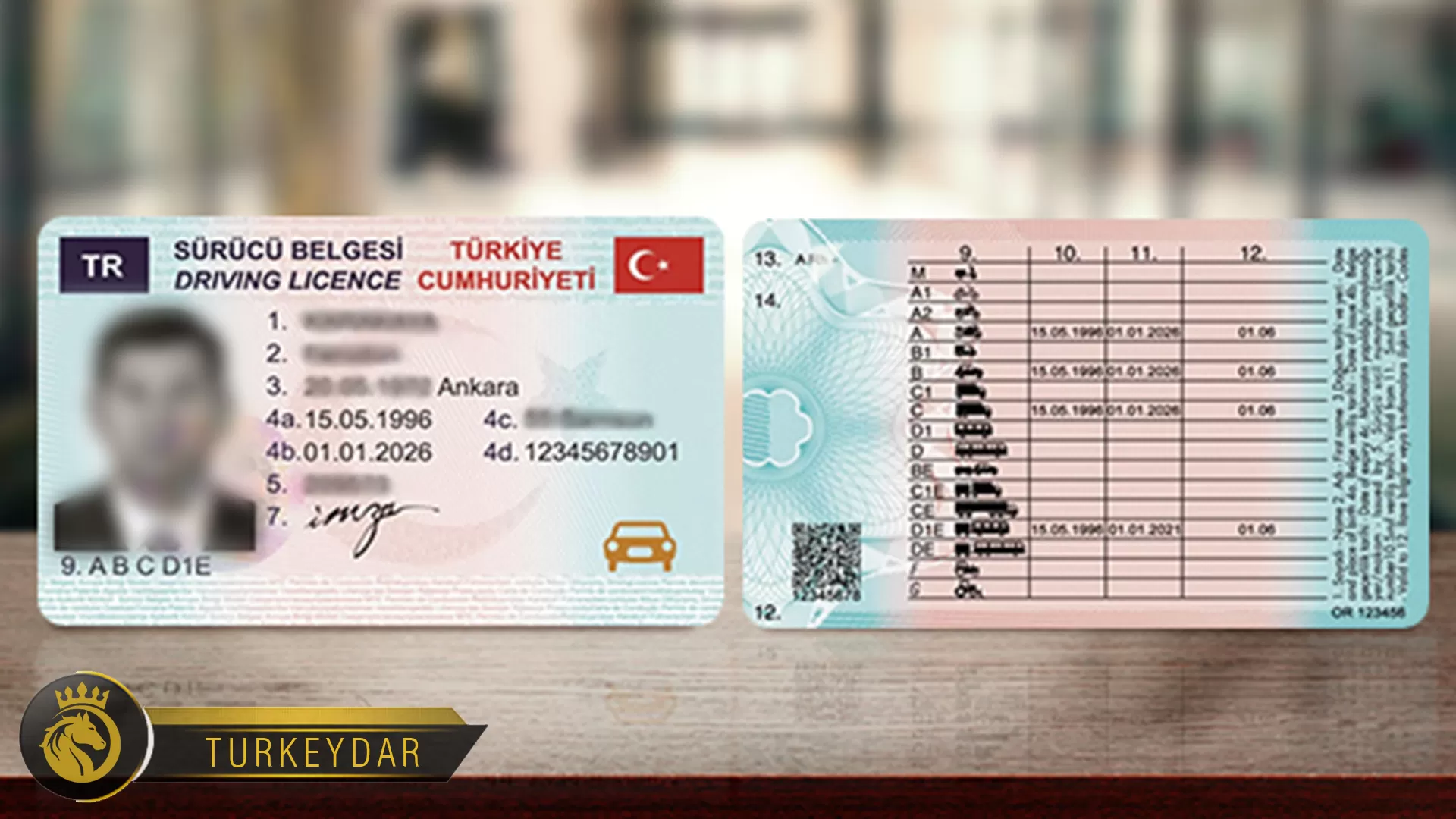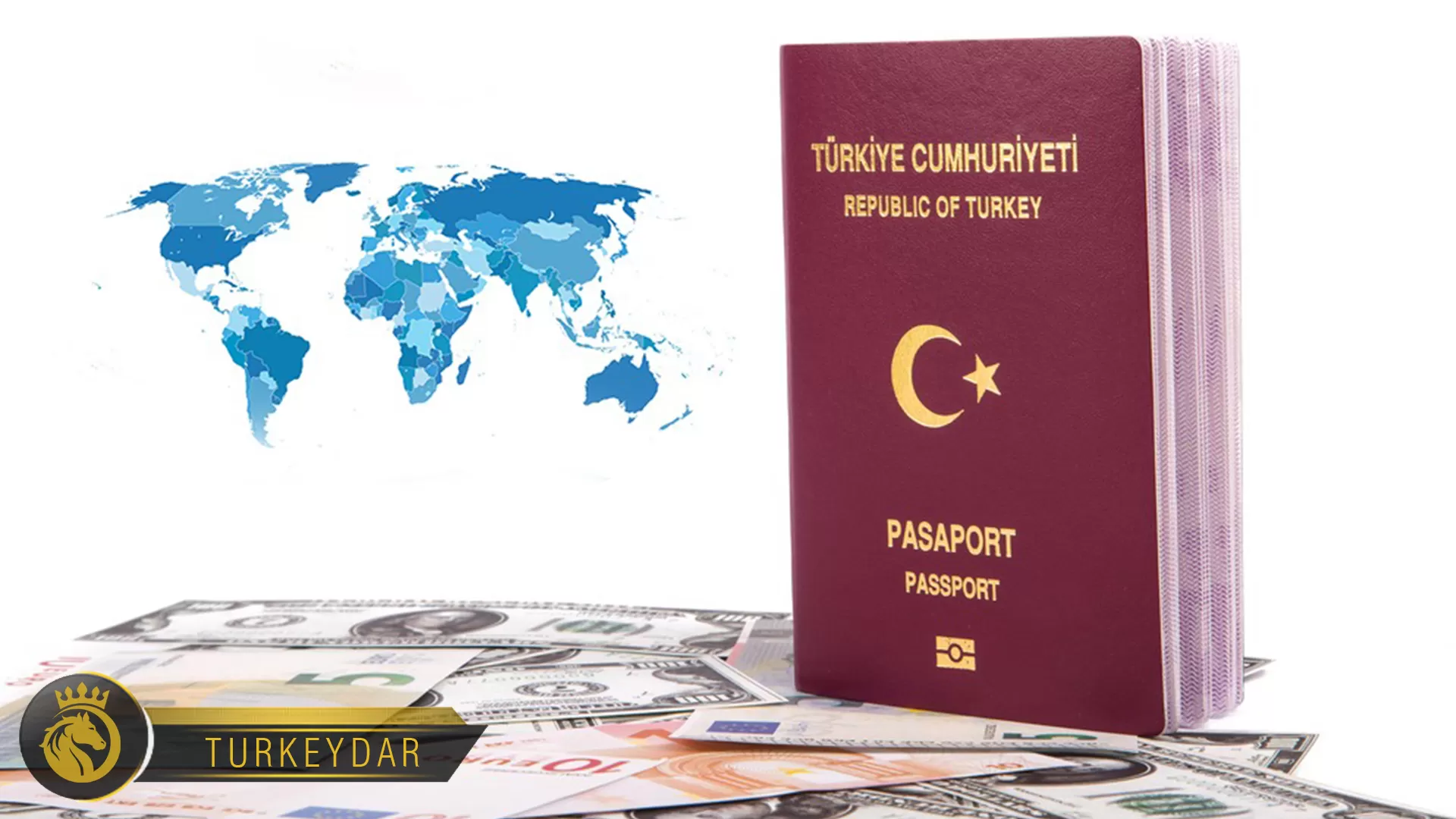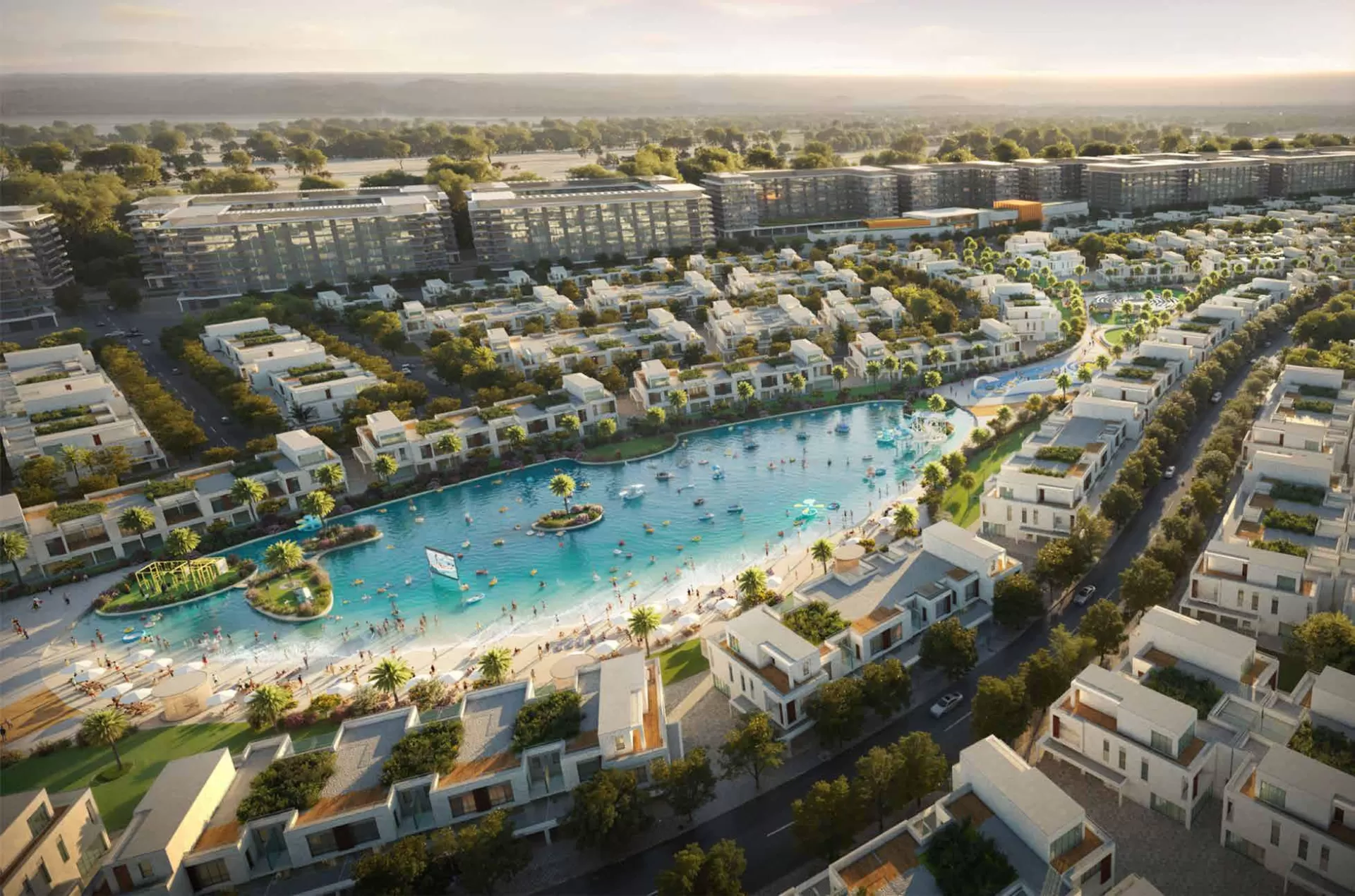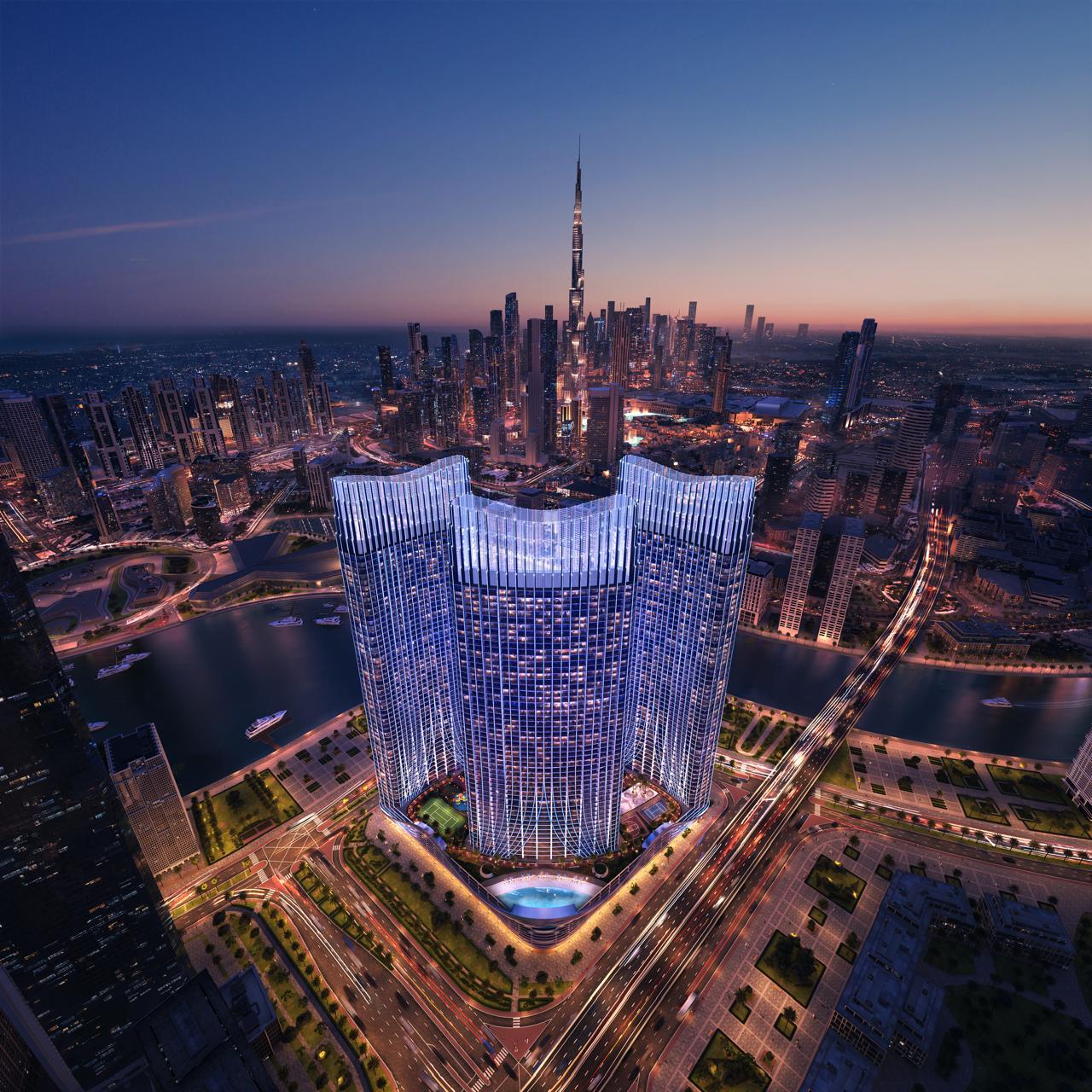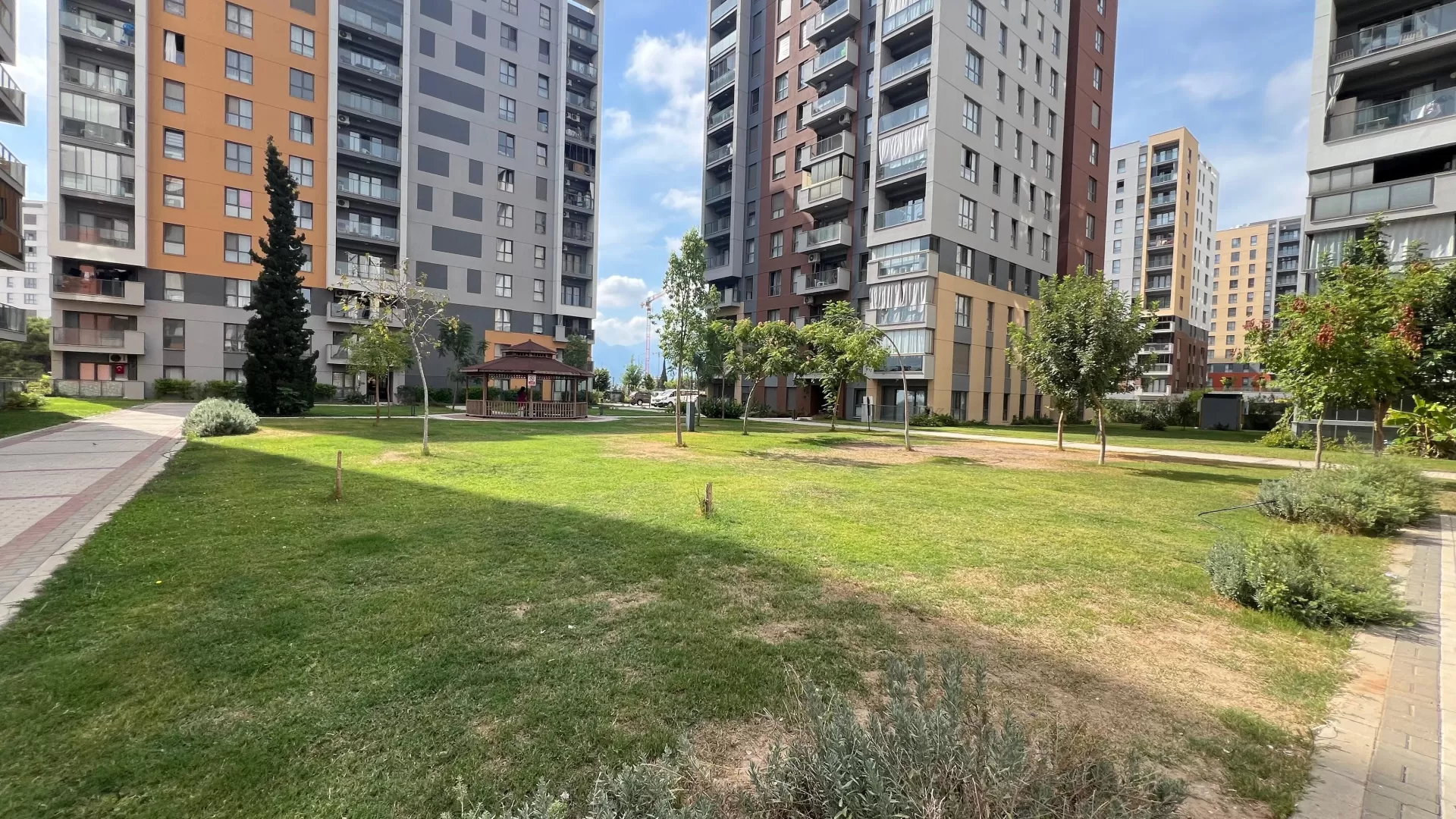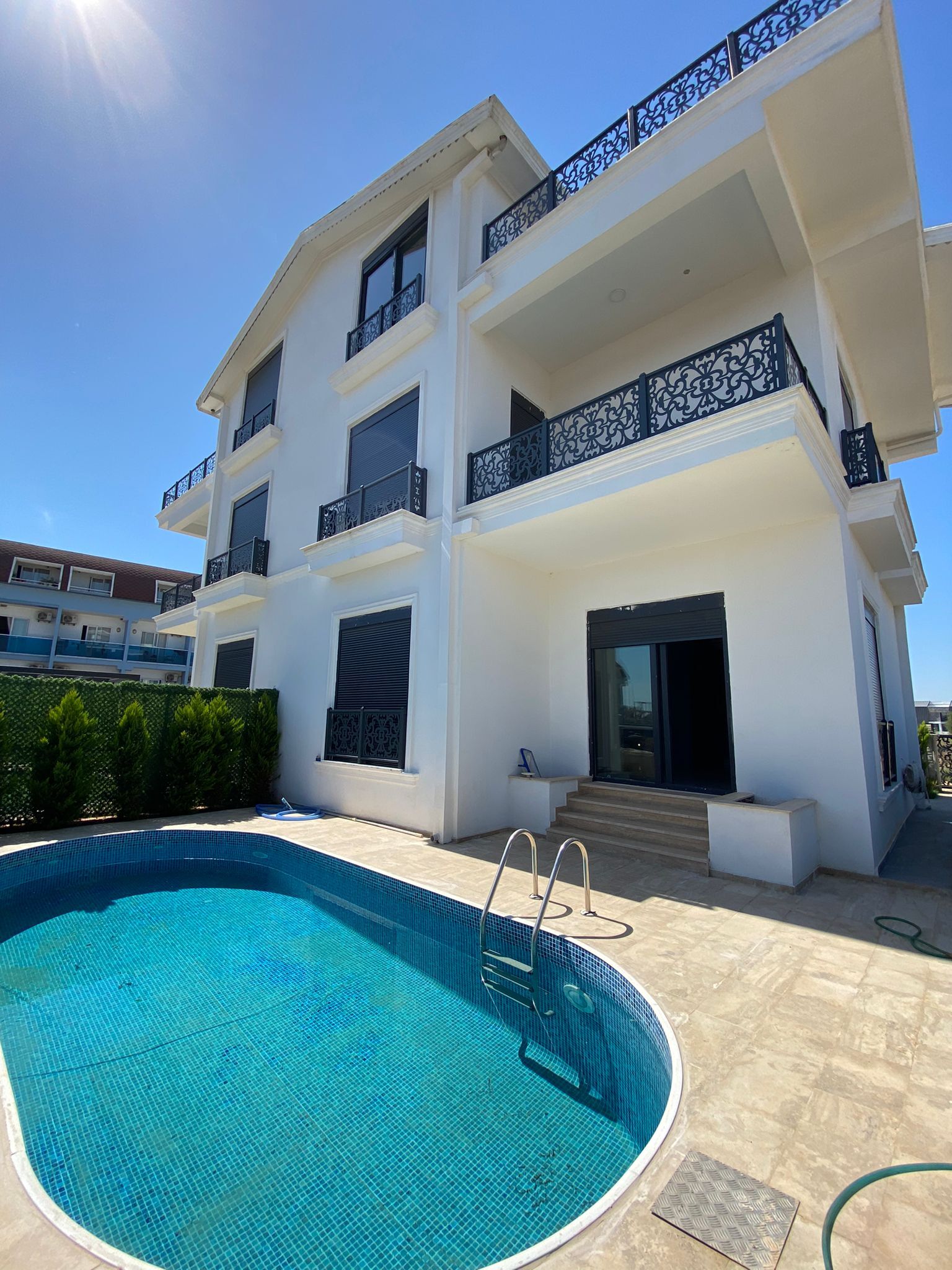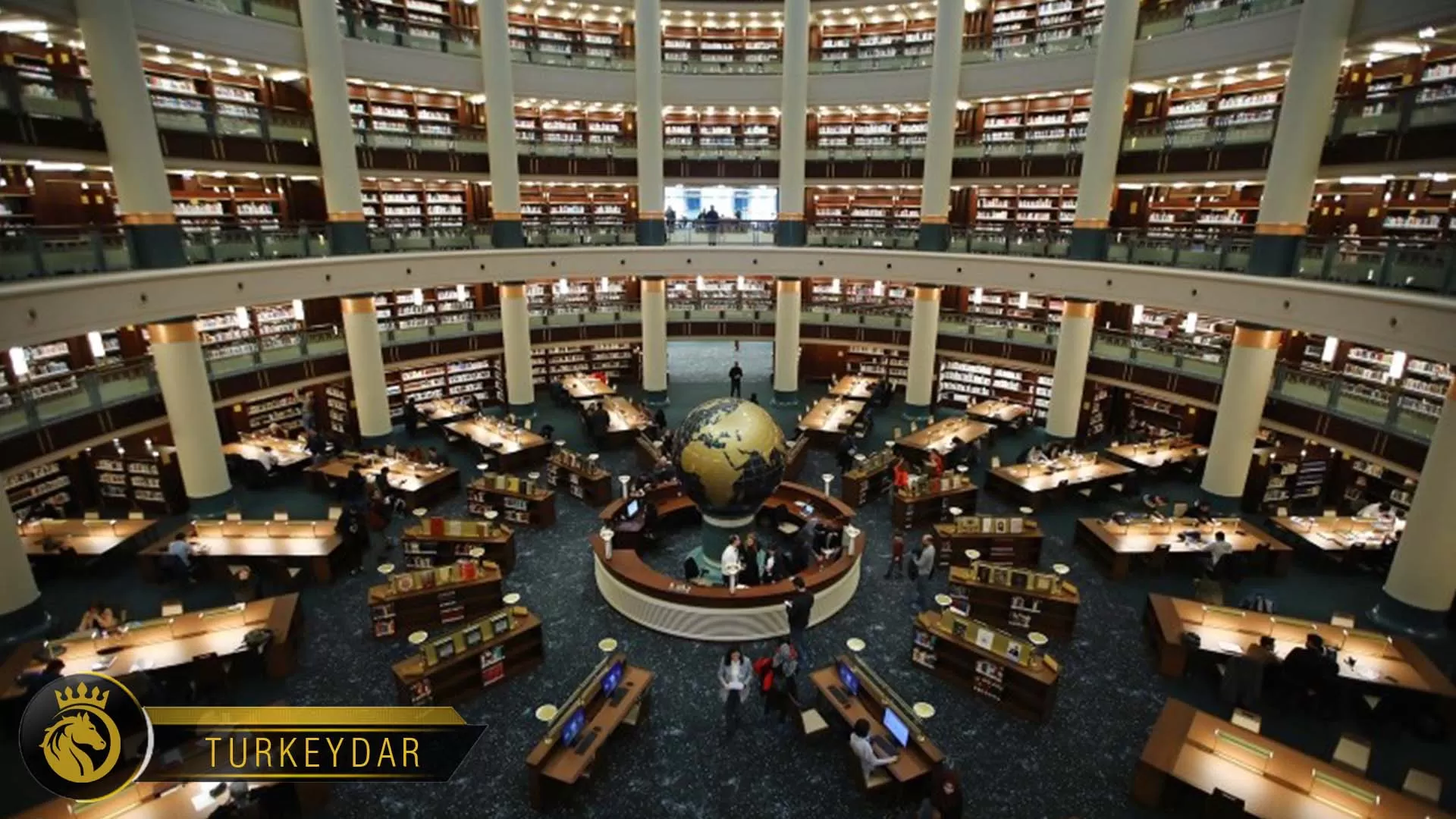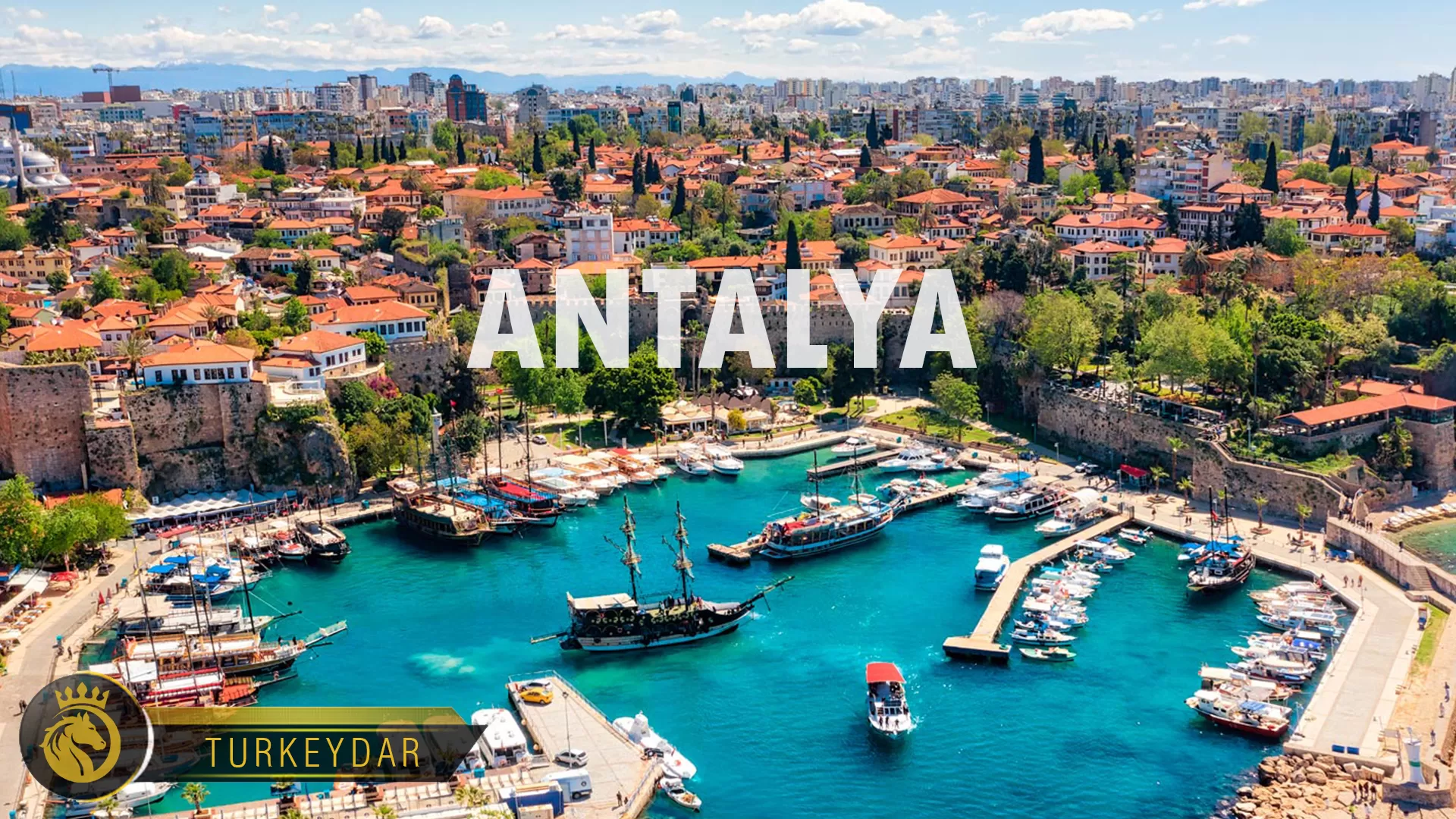
Antalya is the fifth-most populous city in Turkey and the capital of Antalya Province. Located on Anatolia's southwest coast bordered by the Taurus Mountains, Antalya is the largest Turkish city on the Mediterranean coast outside the Aegean region with over one million people in its metropolitan area.
Antalya is Turkey's biggest international sea resort, located on the Turkish Riviera. Large-scale development and governmental funding have promoted tourism. A record 13.6 million tourists passed through the city in 2019.
Having entered the scene in 150 BC as Attalia, named after its founder, Attalos II, king of Pergamon, Antalya has always attracted a wide array of travelers, including Paul the Apostle, and Ibn Battuta among others. Antalya had replaced Phaselis—beautiful ruins of which now lie to south of the city, between Kemer and Olympos—as the main harbor of the surrounding region during the reign of Seljuks, in the early 1200s, but the lack of a large hinterland (or, rather, lack of good connections with its mountainous hinterland) meant for much of its history ever since that it was a provincial coastal town, albeit with a multicultural community of Muslims, Christians, and Jews. As the center of a region with beautiful beaches, verdant mountains, and a mind-blowing number of ancient ruins, the tourism investments started in the 1970s, which changed the fate of the city considerably. However, as most of the visitors (make no mistake—they are in the range of millions annually) to the region are actually on "all-inclusive" vacation packages nowadays, they are immediately taken from the airport to the huge resorts lining the coastline of hundreds of kilometers, where they stay until the end of their holidays except perhaps a raid or two to the nearest and the most popular attractions, so Antalya itself, especially the old town (Kaleiçi), is more of an independent traveler destination, where you will meet the other travelers of a similar mind, and the locals.
Climate:
Antalya experiences a humid variant of the Mediterranean climate, its summers are hot, sunny and often rainless, while its winters are mild with occasional but very heavy rainstorms.
Summer, which is high season in Antalya, is quite hot; daytime temperatures average around 30-35°C, but 40°C heat is not unheard of, especially in more inland regions. The skies are often cloudless, and Antalya only averages one day of rain a month during summer. It is also important to mention that near the coast, summer nights can sometimes be muggier than the days, as the lack of a sea breeze at night, higher humidity and warm nights combine to make oppressive conditions.
Winters are mild, and often experience what could be called 'springlike' daytime temperatures in temperate climates such as Istanbul or most of Western Europe, despite the occasional cold nights. Quite contrary to the comfortable temperatures, however, are the strong storms that regularly soak Antalya in winter, sometimes dropping more than 150mm (6 inches) of rain in a single day.
Snowfall in Antalya is incredibly rare, the record daily snowfall was 5 cm (2 inches) back in 1993, and as of 2020, no accumulating snow event has happened ever since.
Owing to its hot summers and more importantly mild winters, Antalya's beach holiday season is quite long, with water temperatures above 24°C from June to October, which makes early fall an ideal time to go if you want to enjoy the warm sea without getting overwhelmed by the heat.
For a sightseeing tour, October to November, and April to May seem to be the best times, with warm temperatures and relatively little rainfall.
Once seen simply as the gateway to the Turkish Riviera, Antalya today is very much a destination. Situated right on the Gulf of Antalya (Antalya Körfezi), the largest city on Turkey's western Mediterranean coastline is both classically beautiful and stylishly modern. At its core is the wonderfully preserved old-city district of Kaleiçi (literally 'within the castle'), which offers atmospheric accommodation in the tastefully restored Ottoman houses on its winding lanes. The old city wraps around a splendid Roman-era harbor with clifftop views of hazy-blue mountain silhouettes that are worth raising a toast to. Just outside of the central city are two beaches and one of Turkey's finest museums.
Cityscape:
Konyaaltı Beach as seen from the nearby cliffs. The Beydağları mountains can be seen in the background & the city is popular for its waterfalls.
Despite having architectural heritage dating back up to Hellenistic times, most historical architecture in Antalya date to the medieval Seljuk period, with several mosques, madrasahs, masjids, caravanserais, Turkish baths and tombs giving the city a Turkish-Islamic character. Historical architecture is concentrated in the walled city, Kaleiçi; ancient structures are not well-preserved in the rest of the city of Antalya as the modern city was built on the ancient city. Kaleiçi, with its narrow cobbled streets of historic Ottoman era houses, is the old center of Antalya. With its hotels, bars, clubs, restaurants, and shopping, it has been restored to retain much of its historical character. It is surrounded by two walls in the shape of a horse nail, one of which is along the seafront, built in a continuous process from Hellenistic to Ottoman times. The historical harbor is in this part of the city; narrow streets extend from the harbor and branch off into the old city, surrounded by wooden historical houses. Cumhuriyet Square, the main square of the city and a spot extremely popular for tourists and locals, is surrounded by shopping and business centers and public buildings. There are sites with traces of Hellenistic, Roman, Byzantine, and Seljuk architecture and cultures. There are also examples of the local Greek architecture in the city, with five Greek Orthodox churches in the old city.
Antalya has beaches including Konyaaltı, Lara and Karpuzkaldıran. Beydağları and Saklikent are used for winter sports.
Historic sites in the city center
Ancient monuments include the City Walls, Hıdırlık Tower, Hadrian's Gate (also known as Triple Gate), and the Clock Tower.
Hadrian's Gate: constructed in the 2nd century by the Romans in honor of the Emperor Hadrian.
İskele Mosque: A 19th-century Mosque near the marina.
Karatay Medrese: A Medrese (Islamic theological seminary) built in 1250 by Emir Celaleddin Karatay.
Kesik Minare (Broken Minaret) Mosque: Once a Roman temple then converted to a Byzantine Panayia church and finally into a mosque.
Tekeli Mehmet Paşa Mosque: An 18th-century Mosque built in honor of Tekeli Mehmet Paşa.
Yat Limanı: the harbor dating to Roman era.
Yivli Minare (Fluted Minaret) Mosque: Built by the Seljuks and decorated with dark blue and turquoise tiles. This minaret eventually became the symbol of the city.
Murat Pasha Mosque: A historic Ottoman mosque located in the city center.
Aya Yorgi Church (Saint George Church): Is a historic church built by the Greeks of Antalya which is currently used as a museum housing exhibition of historical artifacts.
Saint Alypius Church: A tiny historic Greek Orthodox church which is still currently a functioning Orthodox Church.
Sultan Aladdin Mosque: A historic building built as a Greek Orthodox church in 1834 and converted into a mosque in the 1950s and currently used as a Mosque.
Ahi Yusuf Mosque: A historic mosque built in the year of 1249 and is possibly one of the oldest mosques in Antalya or even the oldest.
Ahi Kizi Masjid: Historic masjid located in the old town.
Kara Molla Masjid: Tiny historic masjid built in the 14th century.
Balibey Mosque: A historic mosque built by the vizier Bali Pasha.
Müsellim Mosque: A small historic mosque built by Hacı Osmanoğlu Mehmed Ağa in 1796.
Antalya Synagogue: A historic Synagogue used as house currently in the Balbey neighborhood between Kavakli Masjid and the Balbey Kesik Minaret Mosque.
Mevlevihane (Dervish lodge museum):A Former Dervish lodge housing a museum about Dervishes and Sufism.
Main sights
Tünek Hill
Karaalioglu Park
Olympos Aerial Tram
Antalya Aquarium
Aqualand Antalya
Akdeniz Kent Parkı
Hasan Subaşı Kültür Parkı
Atatürk Culture Park (Turkish: Atatürk Kültür Parkı)
Bademağacı
Düden Parkı
Snow World
Wildpark Antalya
Düden Waterfalls
Kurşunlu Waterfalls
The Land of Legends
Kecili Park
Green areas, recreation places
Antalya the most popular summer tourism destination in Turkey
Antalya beach
There are urban parks and protected natural areas located outside the cities, allowing the people to have fun, rest and get closer to nature. Some of them are green areas around lake, pond, and dam lakes, and some are highland and forest areas.
The prime urban green areas include Antalya City Forest, Atatürk Park, Kepez City Forest.
The largest amusement park in Antalya is the Aktur Park. Other modern recreational areas include 3 aquaparks in the city, Konyaaltı, Lara beaches, Beach Park especially for summer holidays, while Saklıkent also has facilities for skiing in the winter months.
The preserved nature areas include Güllük Mountain National Park in Antalya-Korkuteli highway, Mount Olympus National Park in Kemer and Düden and Kurşunlu Waterfalls. Other protected areas include the Damlataş and the Karain Cave and the Guver Cliff.
It offers picnic and recreation facilities in various parts of the city. Picnic areas, rafting facilities in Köprülü Kanyon in Manavgat. The part of Korkuteli-Antalya border in western part of Antalya is covered with forests. In these areas, picnic areas, playground, restaurant, and similar facilities are provided. There are lake and forest views on the promenade at Feslikan Plateau to the west of the city center where visitors can also enjoy nature sports and nature walks. The oil wrestling competition festival organized in summer, what accompanied with concerts. The pond in Doyran town, located to the west of city is very suitable for picnic and fishing.
In addition to the open-air recreation areas, the number of shopping centers, which have increased rapidly in recent years, can also be classified as a rest area with the facilities they offer. The shopping centers in the city are gathered in the center. Among the leading shopping centers in the city are Antalya 5M Migros, Antalya Kipa, Laura, Shemall, Mark Antalya, Deepo, Özdilekpark & TerraCity.
Transportation:
The main transportation to the city is by air and land. Sea routes are still under development. In 2007, the airport added a new terminal.
The city has a main port at the south of the Konyaaltı.
Buses
Antalya Ulaşım, a municipally-owned corporation, runs the public bus system. The corporation owns Antobus and Antray. Antobus was started in September 2010. In 2010, the city planned to increase from 40 to 140 more buses.
Payment for public transportation was made in cash until the launch of a public transportation card, Antkart, in late 2007.
Light Rail
A tram system, opened in 1999, runs from Antalya Museum, and the Sheraton Voyager and Falez hotels, along the main boulevard through the city center at Kalekapisi, Hadrian's Gate, Karaalioglu Park, and ending at Talya Oteli. Trams depart on the hour and half-hour from the terminal (east and west), and reach Kalekapisi between 10 and 15 minutes later.
In December 2009, an 11.1-kilometre (6.9 mi) light rail line Antray was opened from one of the main city public bus hubs northwest to beyond suburban areas and the zoo. An extension to Airport, Aksu and Expo 2016 site was completed in 2016.
Major routes
Antalya is the southern terminus of European route E87, which connects to Korkuteli, Denizli, İzmir, Çanakkale, Edirne in Turkey, along with Varna in Bulgaria, Constanta in Romania and Odessa in Ukraine. Antalya is also the terminus of Turkish Highway D650, which connects Burdur, Afyon, Kütahya, and Sakarya.
D400 connects with D650 in Antalya, while D650 alternative D685 connects to Isparta and provincial road 07-50 connects to Kumluca by Altınyaka, an alternative to D400.
Airports
Antalya Airport has two international terminals and one domestic terminal. In 2020, its number of passengers on international flights surpassed the total number at Istanbul Airport and Sabiha Gökçen International Airport for the first time, officially earning the title of "the capital of Turkish tourism".
Economy of Antalya:
Antalya has the fastest population growth in Turkey in recent years. Depending on regional development, there has been a significant increase in immigration to the area from other cities. Tourism, agriculture, and all industry are the economic mainstays of the region. In terms of population and national income Antalya is 8th.
Antalya is a metropolitan number one tourism city of Turkey. The economy of city is formed by tourism. Antalya hosts 35% of the tourists coming to Turkey; and nearly 16-17 million of tourists in a year so tourism is the backbone of Antalya’s economy; Antalya is regarded as the backbone of Turkish tourism sector. Antalya attracts visitors throughout the year and an increasing number of hotels remain open all year round. This trend is encouraged by the rapid diversification taking place in tourism sector to encompass such areas as hunting, winter sports, trekking, health, and convention organizations. Specialization in these sub-sectors of tourism is increasing at the same parallel.
Talia Convention Centre and The Glass Pyramid, which opened in 1997 and Antalya Expo Centre which opened in April 1999, are all important jump off points for the expansion of fair and convention tourism. As tourism investment continues, the number of tourists visiting Antalya increases by bounds and leaps.
Antalya is also an important agricultural center with its ecological practicability. Agriculture is as important as tourism, in Antalya’s economy as 19.99% of Antalya’s total area is under plant cultivation whereas the remaining land is covered with meadows, heath land, pastures and forests. It is number in green house. Because of this feature Antalya sends many kinds of fruit and vegetable to many corners of Turkey throughout year. Fruit-vegetable and flower are important sources of income in Antalya.
Industry has grown parallel with tourism and agriculture. Today, there are 170 industry registered company. Apart from the industrial zone and free trade zone, there are 11 small industry areas, 3 of which are situated in the city center and 5.400 offices employ 20.000 people.
In the recent years, Antalya has become one of the few yacht manufacturing places in the world. Free trade zone produces ultra-luxury yachts that cost million dollars. Since it offers advantages in taxation, cheap and qualified employee Antalya has become a place where the yacht producers prefer. In the yacht firms in Antalya free trade zone approximately 500 employees are employed.


